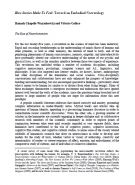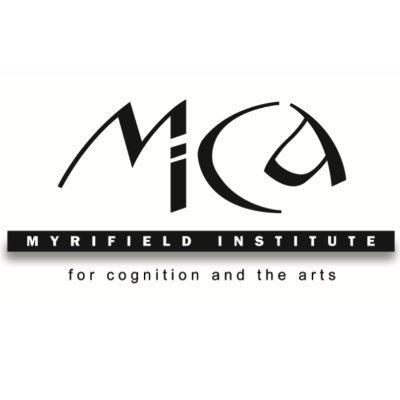
Last paper:
Grazia Pulvirenti, Renata Gambino, Neurohermeneutics. A Transdisciplinary Approach to Literature
- Peer review
- Submit a paper
- Suggest a paper
- Contact us
- Partner program
Vittorio Gallese, Hannah C. Wojciehowski,
How Stories Make Us Feel: Toward an Embodied Narratology
 Source: California Italian Studies, 2(
Source: California Italian Studies, 2(Year: 2011
DOWNLOAD PAPER
Download size: 451.18 KB
How do stories often evoke intense feelings and sensations in their readers? This essay explores that question with a new combination of insights from neuroscience and literary theory, while also assessing the difficulties as well as the potential gains of such interdisciplinary research. The authors lay the groundwork for a neurocritical embodied narratology that incorporates both the critiques of traditional humanism within literary studies and of classic cognitivism within neuroscience. Their methodological approach focuses on Feeling of Body (in contrast to Theory of Mind), which may be considered the outcome of a basic functional mechanism instantiated by our brain-body system. Feeling of Body is also a foundational aspect of liberated Embodied Simulation, a process enabling a more direct and less cognitively mediated access to the world of narrated others and mediating our capacity to share the meaning of their actions, basic motor intentions, feelings, and emotions, thus grounding our identification with and connectedness to narrated characters. Through case studies of Virginia Woolf’s Mrs. Dalloway and Dante Alighieri’s Vita nuova, the authors argue that literary texts rely on Feelings of Body communicated by the authors to their readers, and, in turn, experienced by readers simulating those experiences through the sensory-motor networks common to human beings.
Project
The Neuro Humanities Studies Network aims at creating a multidisciplinary research community in order to develop and structure a linking platform for neuro-scientific, cognitive topics and humanities.
Click on each keyword to show papers related with it.









